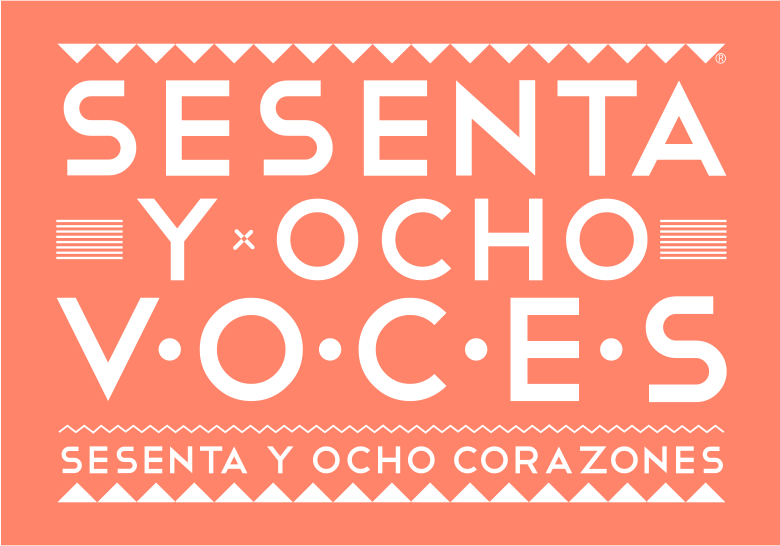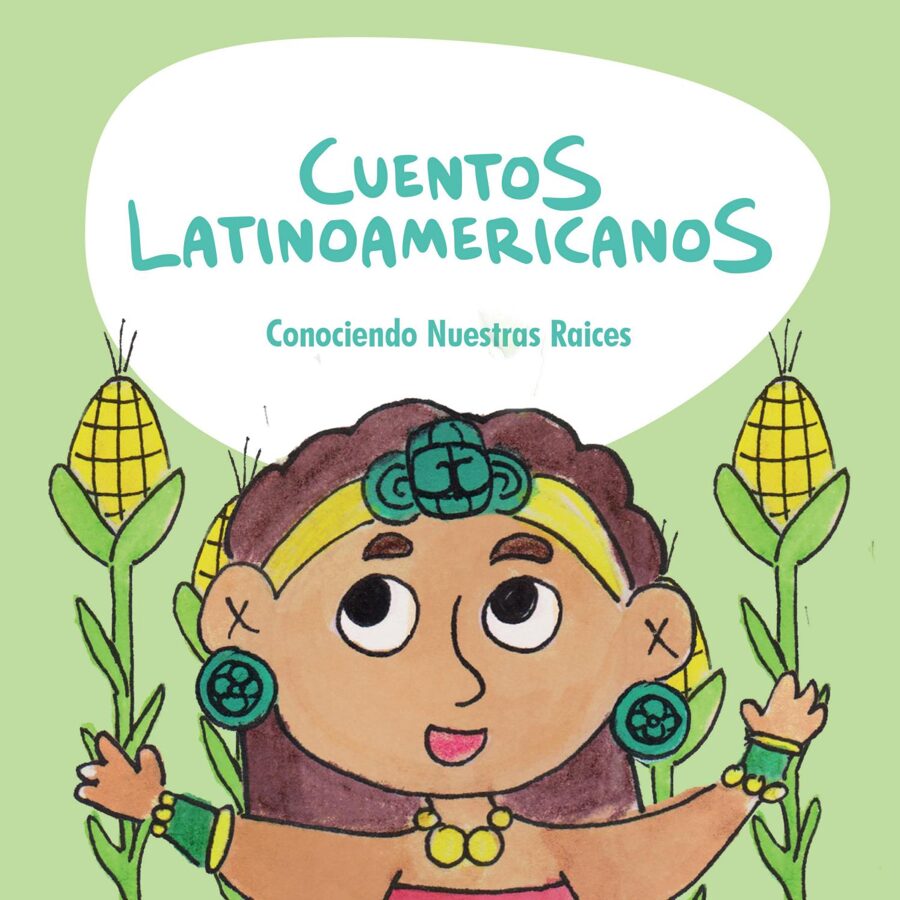Palabra virtual
Description:
This site provides a collection of poems read by native speakers (many read by the author) along with the lyrics. Poems can be searched by poet's name, title, country or century.
Activity Ideas:
Interpretive: Students create a visual interpretation of the poem (could be one picture or more).
Interpersonal: Students fill out an info gap activity with stanzas from the poems.
Presentational: In small groups, students write an ode to a common everyday object similar to Neruda’s odes. They would then present the ode to the class using props, realia and/or other visuals.
5 leyendas indígenas
Description:
This site was created by a parent for other parents of elementary school kids in Mexico. It offers 5 indigenous stories/legends from Mexico. Stories are a great length and ready to use!
Activity Ideas:
Interpretive: Students are given two or three of the riddles in the indigenous language and Spanish. As a group, they have to write down a few key words in the indigenous language and their definition in Spanish. If this task it too difficult, students can draw lines between the two languages to show connections.
Interpersonal: Students are given one of the indigenous stories. In pairs, they are asked to spontaneously create a dialogue between two of the characters.
Presentational: After reading one of the stories, students illustrate a cover for a selected story. The cover should capture the main idea/moral of the story. As an extension, the covers may be used by other groups (who have not read the story) to make predictions.

Dos autores Short Stories
Description:
This site provides a wide variety of brief stories by two different authors (Luis de la Fuente & Alberto Garijo) with differing styles.
Activity Ideas:
Interpretive: Students choose a story to read. With a partner, they each create an individual glossary defining words they don't know. They then compare their glossary with their partner's before reading the story. Students could also create a story map (like the one found at: http://www.eduplace.com/graphicorganizer/
spanish/pdf/storymap1.pdf ) outlining the main characters, main events, problem and solution.
Interpersonal: Students are provided with thirty different writing frames such as "It was really interesting when ________did_______because______". The writing frames are divided into ten from the beginning of the text, ten from the middle, and ten from the end. Students must select three writing frames from each section to comment on the text. As a check, students can share their completed frames in groups.
Presentational: Students form a group of three and must summarize one of the stories in six concise sentences in their own words. They will then create six illustrations to go along with their sentences and present them to the class.
Leyendas de Educapeques
Description:
Several interesting legends are linked here. There are illustrations for each and they are of high-interest to the students. For example, in "La leyenda del arco iris" each color's role is explained.

Mitos y leyendas
Description:
This site offers a nice collection of myths, legends and fables. There is also a good explanation of each on the site.
Activity Ideas:
Interpretive: After reading the definitions given on the site for myths and legends, students are given very short excerpts and need to hold up cards "M" for "mitos" or "L" for "Leyendas".
Interpersonal: Students are paired up and read two different stories under "Historias y cuentos". They then, need to explain to their partner in 10 sentences or less what the story was about.
Their partner will then report out about what their partner read in 5 sentences or less to the class.
Presentational: After students read a myth or legend from this site, they need to create a chart of similarities and differences between this reading and one that they remember having read when they were younger. They should focus on storyline, structure, style, and other traits specified by the teacher.
Cuentos latinoamericanos
Description:
This site provides access to a digital book containing 4 stories from Latin America: Las cabras testarudas, El pájaro capintero y el tucán, ¿Por qué los perros se huelen la cola?, and La leyenda del maíz. The book allows students to turn the virtual pages and also has a nice glossary toward the end.
 68 Voces
68 Voces
Description:
This site provides an animated series of stories narrated in the 68 Mexican indigenous languages. Translations to Spanish and English are provided below each story. Students can also learn vocabulary in several indigenous languages.
Taste Atlas
Description:
An interactive map of foods around the world. Clickable links provide texts explaining ingredients and details about each dish.






